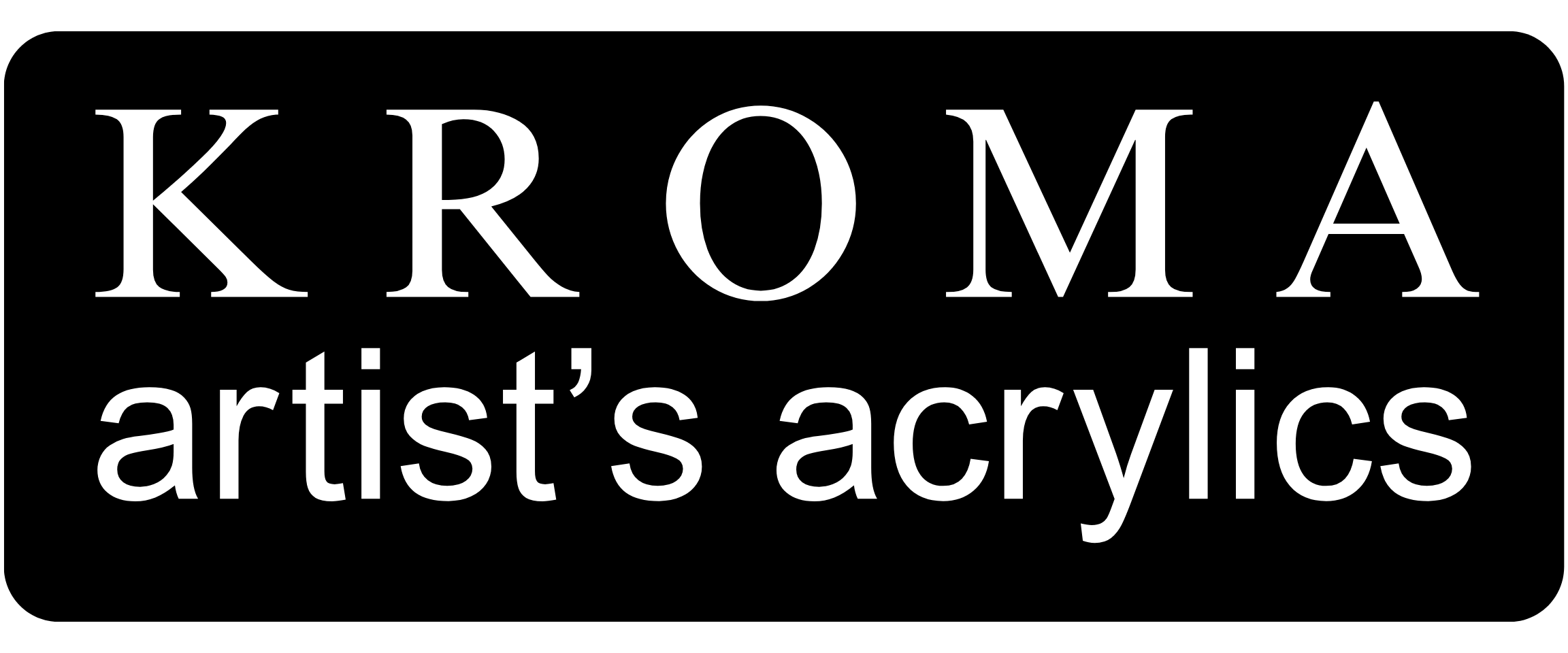
NEW COLOUR: Phthalo Turquoise
Introducing our new colour, Phthalo Turquoise. Our blend consists of Phthalo Blue and Phthalo Green pigments, plus a small addition of Zinc White. Phthalo Turquoise has high tint strength and a translucent,...

NEW COLOUR: Cobalt Teal
Cobalt Teal is so undeniably beautiful! And it is now available in store and online. This is genuine Cobalt Teal- an inorganic, synthetic, mixed metal oxide formed by the calcination of...

Explorations of Green and Blue (Turquoise)
Here is how to make Turquoise: Turquoise, in painting terms, is the infinite relationship between green and blue. It is defined as a greenish-blue or a sky blue colour. Given the...

Made in Vancouver Since 1970
Sometimes our customers bring in old relics from the past that they find in their studio. Here is some Chrome Yellow and Toluidine Red in the original Kroma glass jars...

How to mix Pink
I am often asked about Pink. Each red produces brighter, duller, warmer or cooler pinks depending on how they are used. For example, "hot" pinks are best achieved by using...















